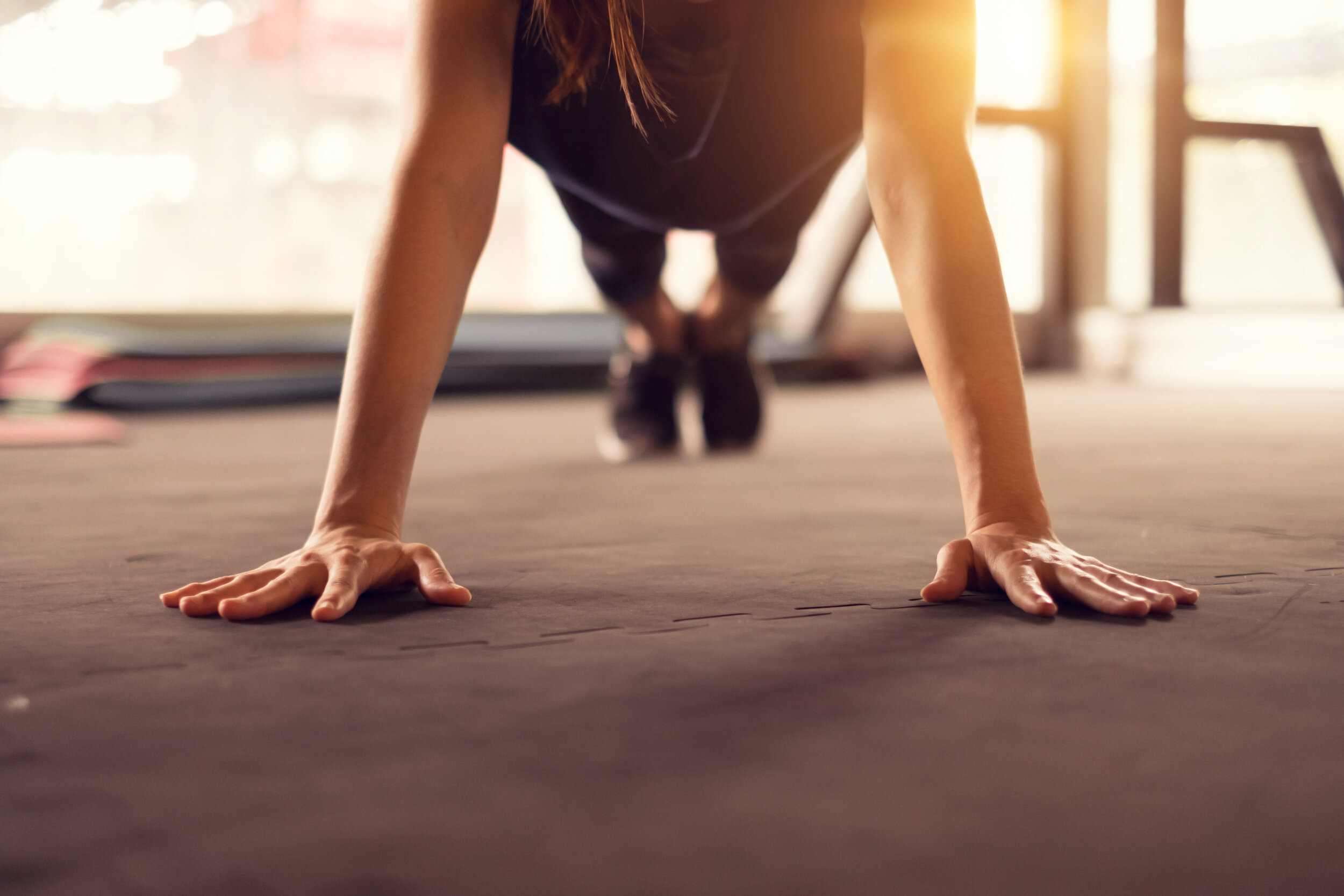Most people think of heart rate or blood pressure when they think of vital signs. It is common to use numbers to quantify health and risk of disease. The American Heart Association encourages people to "know their numbers" referring to blood pressure, blood cholesterol, blood glucose and weight. However, research is now showing the importance of moving properly for health. Let's take a look at some of the numbers you can use to quantify your movement health:
Walking Speed
Walking speed has been called the "sixth vital sign" in medical literature recently. It is easy to measure and takes into account strength, balance, coordination, confidence, cardiovascular fitness, tolerance to activity, and a host of other factors. It has also been shown to be predictive of future hospitalizations, functional decline and overall mortality. Normal walking speed is considered to be 1.2 to 1.4 meters per second (approximately 4 to 4.5 feet per second or 2.7 to 3 mph).
Push-Ups
Push-ups are popular to build strength, but a recent study found that they can show us a lot about your heart too. Researchers found that men who could do 40 or more consecutive push-ups were at a 96% lower risk for cardiovascular disease than were men who could do less than 10. The push-up test was also more useful in predicting future cardiovascular disease than aerobic capacity measured on a treadmill.
Grip Strength
Hand grip strength has been shown to be strongly correlated with health. The stronger your hand grip is, the less likely you are to suffer from cardiovascular disease, respiratory disease, COPD, and all types of cancer. In the study, muscle weakness was defined as grip strength <26 kg for men (approximately 57 lbs.) and <16 kg for women (approximately 35 lbs). Grip strength below these numbers was highly correlated with an increase in disease.
Standing from the Floor
If you can't easily get down on the floor and back up your health might be in trouble, according to a study that looked at more than 2,000 people. The study asked people to go from standing to sitting on the floor and back up with as little support as needed. They found that if you need to use more than one hand to get up and down from the floor, you were 2 to 5 times more likely to die in the next 7 years than someone who can do it with just one hand or, even better, no hands at all.
Moving well is obviously important to overall health and longer life. These tests can give a snapshot of how you're doing, but don’t let the numbers frighten you. If you're having trouble with any of them or want help accurately obtaining them, see a movement specialist at Compass Physical Therapy. Our physical therapists will not only help you test your numbers, but will assess them with other important factors (like your body type, lifestyle, health history and more) and create a personalized program for you individual goals.
References:
For the push up test:
https://jamanetwork.com/journals/jamanetworkopen/fullarticle/2724778
Gait speed:
https://jamanetwork.com/journals/jama/fullarticle/644554
Floor Rise test:
https://journals.sagepub.com/doi/10.1177/2047487312471759 https://www.dailymail.co.uk/health/article-2247402/Can-floor-using-hands-If-heading-early-grave.html
This is a grip strength study that was mentioned in the newsletter item:
https://www.ncbi.nlm.nih.gov/pubmed/28549705
Courtesy of American Physical Therapy Association, Private Practice Section, August 1, 2019

